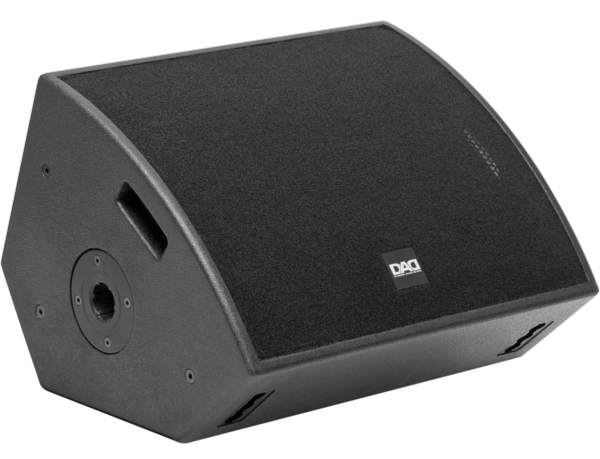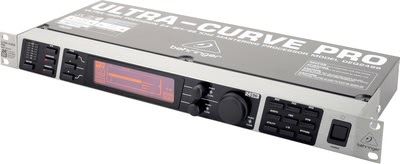| Sounding Good: It's Not Just About the Sound System - It's the Room!
by Michael Kuehn, 8th October 2021
Many of us bring their portable sound systems to the various spaces they teach in. If you are one of them, you will probably have noticed that even the most wonderful dance spaces can have difficult acoustics.
Resonances from the room can turn the great sound from our expensive speakers into a drone that covers any subtleties of the music. Or the reverberations make it impossible to clearly hear percussive elements or vocals - or your instructions. The above picture is of the most challenging room I ever taught in. It had the amazing charm of a cathedral, but put on Guem et Zaka and all you hear is noise. 1. Dealing with Reverberation Unless we teach Gregorian Singing, we want the room to have a “dry” sound, which means, we do not want the echoes of whatever has come from our speakers to cover the ongoing music. To check it out, clap your hands and listen to the room’s reply. Technically the echoes should decay within less than a second. One way of dealing with reverberation is to dampen the reflection of sound from the walls, ceiling and floor using sound absorbing materials. There are lots of materials for the professional treatment of rooms in that way, like perforated panels on the ceiling or bass traps on the walls, but if that is not an option, you can try heavy textile curtains on windows or walls, large cushions in corners or a large sheet of thick textile below the ceiling. (Filling the room to capacity with people also improves the acoustic properties of the room and warms the heart of the teacher.)
You might also try using speakers on the floor pointing upwards like stage monitors to get an immersive Sounds From the Ground experience and make the speakers less dominant in their appearance yet close to the dancers. The closer to the speaker you are, the less will the sound heard be contaminated with echoes from the room. This also means, you might be better off with four (or more) speakers of reasonable quality than with one or two high end speakers. 2. Dealing with Resonance A bass sound of 100 Hz from your speaker has a wavelength of roughly 3,5 meters or 10 feet. Frequencies that “match” the dimensions of your room kind of get caught (technically speaking: form standing waves), and will be grossly amplified or cancelled. You will notice either a kind of drone at that frequency or a lack of warmth in the sound. A good speaker reproduces all frequencies at the same level, but even an average room can easily distort the spectrum by 20 db, which means fluctuation in the energy level by a factor of 100! A better solution is a parametric equalizer. I am using a Behringer Ultra Curve Pro, but there are other manufacturers as well.
With that tool, you can attend to every frequency with precision. By connecting a microphone to it, it will even automatically determine which corrections to apply to the room. While it is true that the effects of resonance vary for different locations in the room and cannot be completely compensated by an equalizer, I am impressed by the tangible improvement of sound quality that I got from the Ultra Curve. It can also effectively block microphone feedback. At 230 € (less on Ebay) it was an investment that made me very happy. Do you feel like diving deeper? If you do not mind a little science, numbers and diagrams, REW is a free software that can run on your computer. Plug in a microphone and it will analyse the acoustic properties of your room and tell you which frequencies need compensation and how effective your measures to reduce resonance and reverberation have been: https://www.roomeqwizard.com
|





 Michael Kuehn, 5Rhythms teacher from Germany
Michael Kuehn, 5Rhythms teacher from Germany